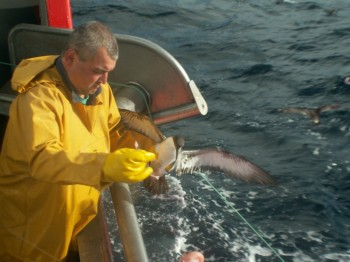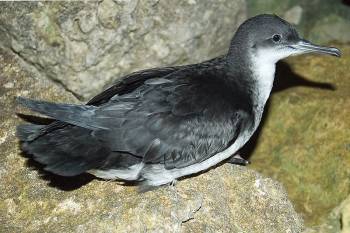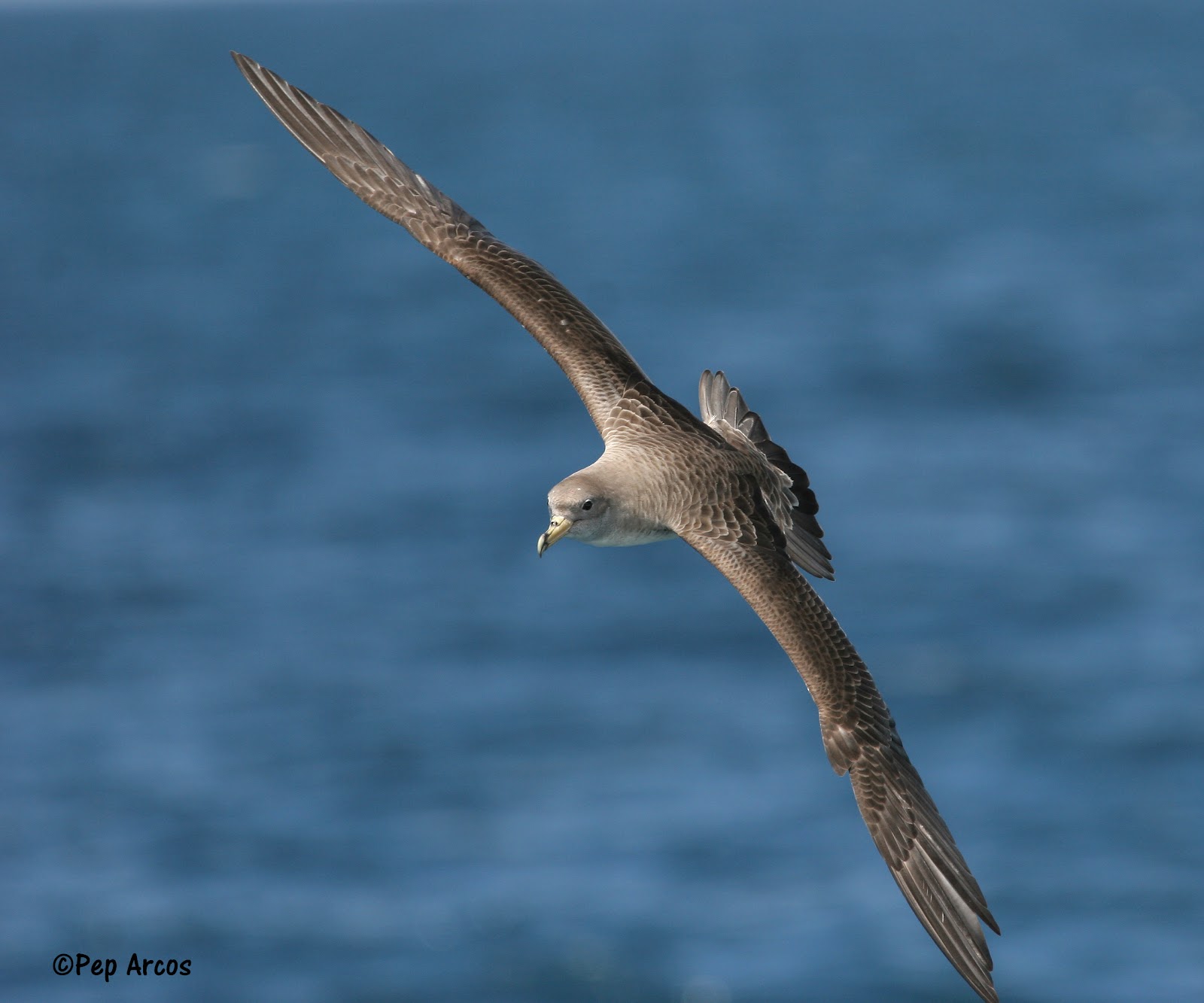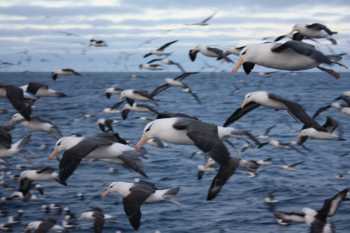Following a review in 2013 by BirdLife International’s Globally Threatened Seabird Forum it was considered that “despite considerable uncertainty over the trend data, an uplisting from Vulnerable to Endangered [of the ACAP-listed White-chinned Petrel Procellaria aequinoctialis] may be warranted”. However, no conclusion was then reached and the review was kept open until this year (click here).
Following further comments by interested individuals and organizations, including by the ACAP Secretariat, BirdLife has now recommended that the White-chinned Petrel - at risk to longline fisheries in the Southern Ocean and in waters off southern Africa and South America - retain its Vulnerable status and not be uplisted to Endangered.
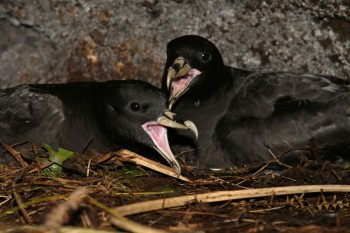
White-chinned Petrel on the Antipodes, photograph by David Boyle
“The final categorisation will be published on the BirdLife website in late October and on the IUCN website in November, following further checking of information relevant to the assessment by BirdLife and IUCN.”
John Cooper, ACAP Information Officer, 08 October 2015

 English
English  Français
Français  Español
Español 